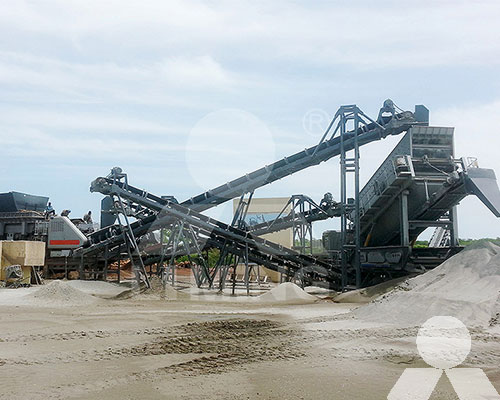Wiki
Last Updated :2023-07-03 Views:352
Mobile Crushing Station Structure Design
As of my last update in September 2023, mobile crushing stations are commonly used in the mining and construction industries to process various materials on-site. The design of a mobile crushing station involves several key components and considerations. Here’s an overview of the typical structure and design elements:

- 1.Chassis:
The chassis serves as the foundation of the mobile crushing station and provides support for all other components. It is usually made of steel and designed to withstand the stresses and strains of transportation and operation on rough terrain. - 2.Feeder:
The feeder is responsible for delivering the raw materials to the crushing equipment. It can be equipped with a vibrating grizzly or pan feeder to remove fines and improve the efficiency of the crushing process. - 3.Crusher:
The crusher is the core component of the mobile crushing station and is responsible for reducing the size of the raw materials to the desired size for further processing. Common types of crushers used in mobile crushing stations include jaw crushers, impact crushers, cone crushers, and sometimes, VSI (Vertical Shaft Impactor) crushers. - 4.Conveyor System:
Conveyor belts or other types of conveying systems are used to transport the crushed materials from the crusher to the next stages of processing or to a stockpile for storage. The conveyor system should be designed to minimize spillage and dust generation. - 5.Power System:
Mobile crushing stations require a reliable power source to operate. They are typically equipped with a diesel generator or are connected to an external power supply. The power system should be designed to provide enough power to run all the components efficiently. - 6.Control System:
A control panel or system is used to manage the operation of the mobile crushing station. It allows operators to start, stop, and adjust the equipment as needed, and it may also include monitoring and diagnostic features to ensure optimal performance and safety. - 7.Hydraulic System (Optional):
Some mobile crushing stations may incorporate a hydraulic system to adjust crusher settings, such as the CSS (Closed Side Setting) or to provide overload protection. - 8.Mobility Features:
The primary advantage of mobile crushing stations is their mobility, allowing them to be easily transported between job sites. Therefore, the design should consider features like retractable tracks or wheels, hitch points, and a robust suspension system to facilitate transportation and stability during operation. - 9.Safety Features:
Safety is paramount in any equipment design, especially in mobile crushing stations. Safety features may include emergency stops, guards, warning signs, and safety interlocks to prevent unauthorized access to hazardous areas while the equipment is in operation.
It’s important to note that specific designs may vary depending on the manufacturer, the intended application, and the type of materials being processed. When designing a mobile crushing station, manufacturers take into consideration factors like capacity requirements, material properties, environmental conditions, and operational efficiency to provide the most suitable solution for their customers.









